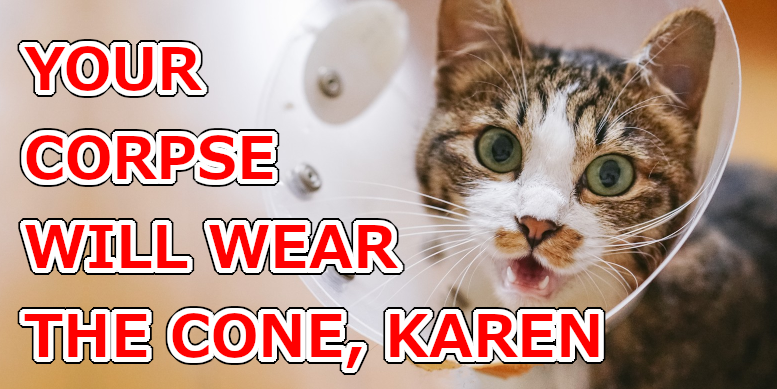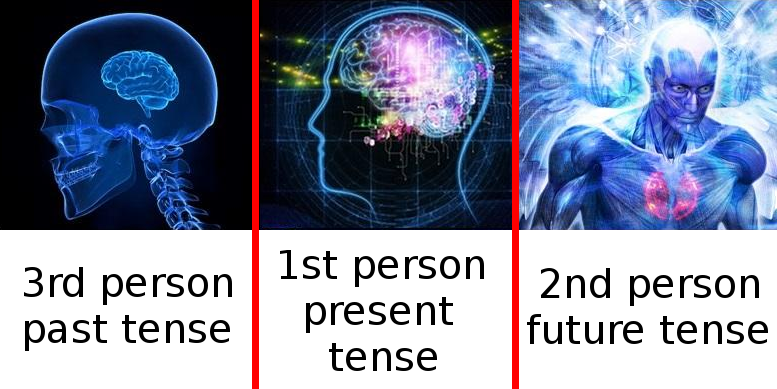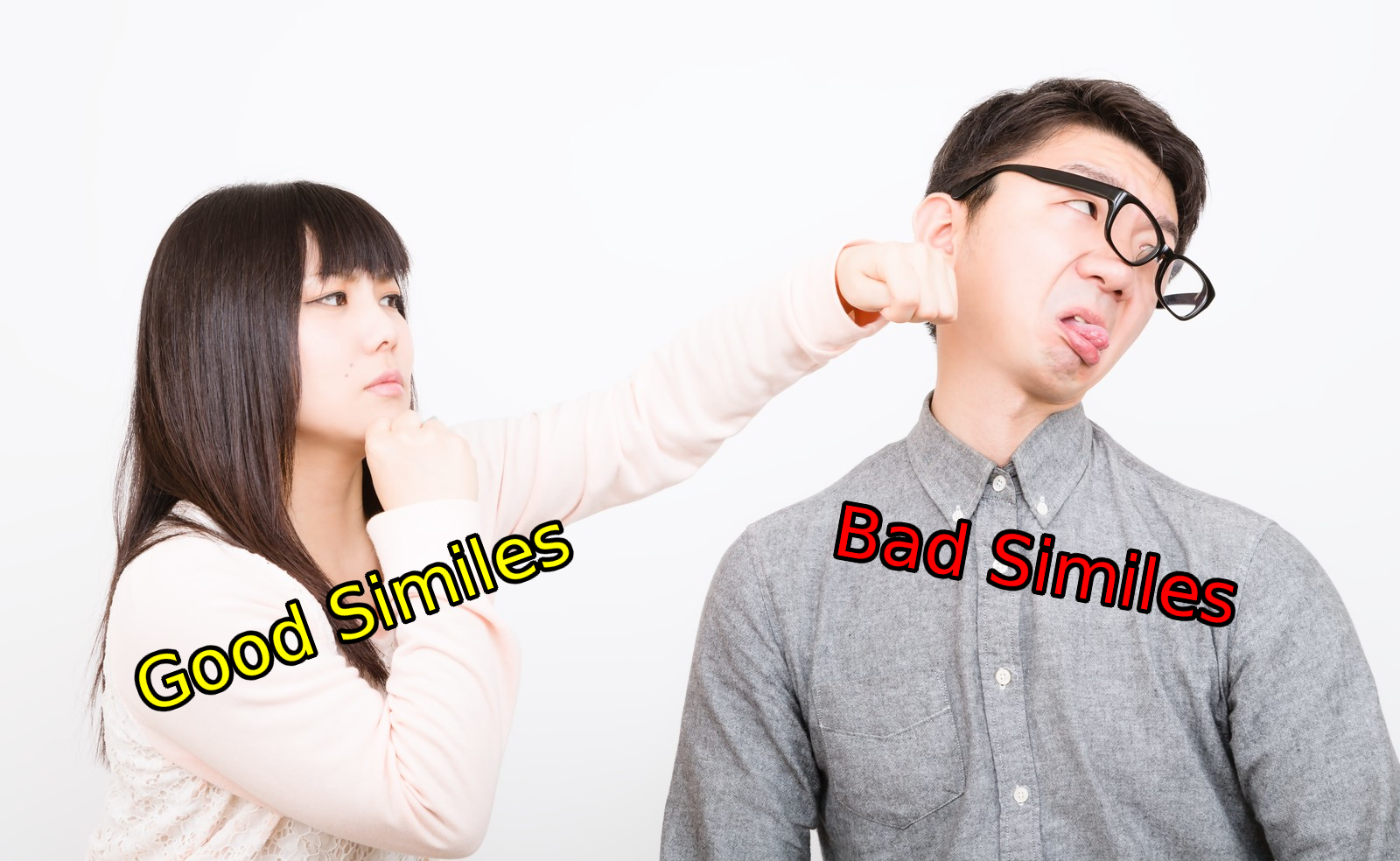For the last stream’s exercise, we went over something that’s a pretty divisive topic: when/how to write a prologue.
I’m not a fan of prologues. In the Ten Writing Commandments we came up with, the second commandment outright says: “Thou shalt not start thine story with a dream, flashback, or prologue. At best, thine readers will be disappointed when they start your “main story,” at worst, they will be bored, confused, and stop reading.”
I would steer all beginner writers away from writing prologues, because it’s too easy to use them as a crutch. But that doesn’t mean they don’t have a place sometimes.
So for the last stream, chat voted for a randomly-generated plotline, and then we wrote a prologue for that story. Here’s what we got: “A cowboy and a maverick heavily conspire to prepare an irritating pixie.”
It was a fun exercise, trying to think of what kind of information would be justifiable in a prologue for that story. Here’s what we came up with:









